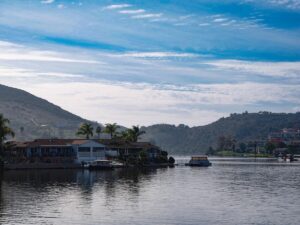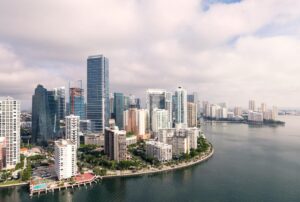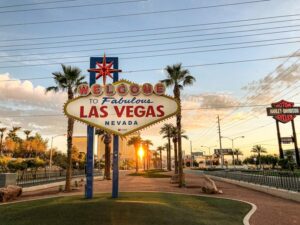Kerala, a state in India, is known for its rich cultural heritage and traditional art forms. And like anyone with a love for art, the state of Kerala stands out with its gorgeous forms of exceptional dance.
From traditional folk dances to the classical forms, Kerala has a variety of art forms that have been passed down through generations. The state is also home to several unique folk dances that are popular among locals.
Preservation of these traditional Kerala dance form is important for future generations to appreciate their cultural roots and history. In this article, we will explore some of the most popular art and dance forms from Kerala and how they are being preserved for future generations.
The List of the top 13 most famous dance forms of Kerala
Dance forms in Kerala are an integral part of this culture. From folk dances to classical dances, the state has a wide variety of Kerala dance form that are popular among locals and tourists alike. From Kathakali to Mohiniyattam, these dance forms have captivated audiences all over the world.

Let us explore some of the most popular art and dance forms in Kerala and discuss their origins and evolution, while getting to know how these forms have changed over time, and their influence on modern-day culture.
1. Kalaripayattu

Unlike the others, this dance form is based on martial arts. The difficult dance form is a demonstration of the ways warriors used to overthrow the enemy back in the day. Jumping, running, and somersaulting are all part of this formidable art form. This Kerala dance form art displays moves that represent strength and self-defense.
2. Kathakali
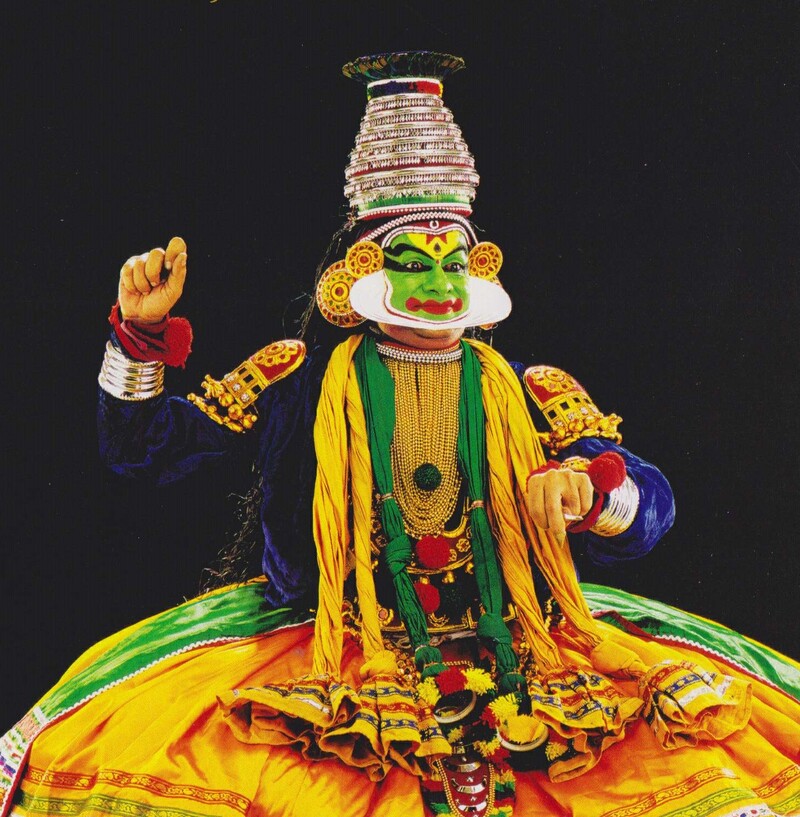
Kathakali is a 300-year-old traditional arts form of dance form with its own significance due to its distinctive traits. This dance genre is distinguished by its dance movements, mudras, magnificent costumes, and dramatic depiction of human emotions through expressions. The Vesham, or use of a certain form of paint on the face, is the most important aspect of this dance. This art form’s dance dramas include mythological characters.
3. Kutiyattam
Natyasastra is the foundation of this art genre. In Kutiyattam, performers from the Chakkiyar and Nangiyar communities alternately perform within temples for a week to twenty days. It is a drama and Karela traditional dance which is performed by both men and women simultaneously. The recitations of Sanskrit poetry with music in the backdrop are the key attractions of this form of art.
4. Mohiniyattam
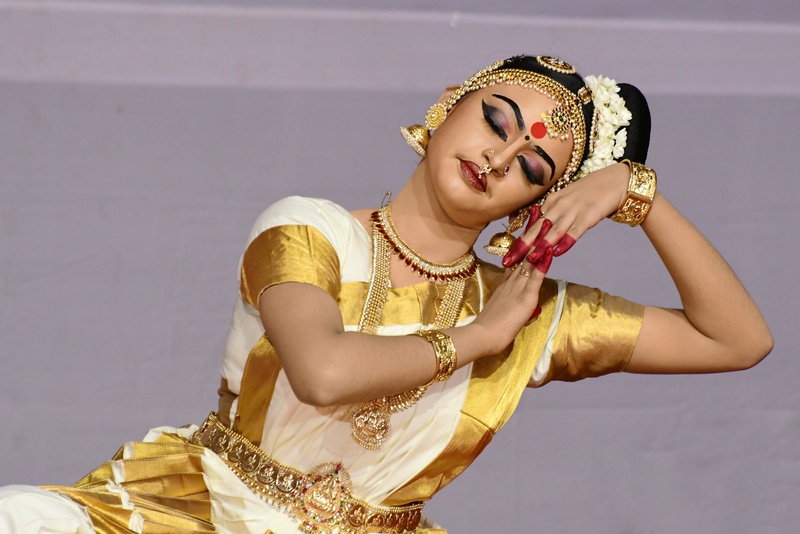
This dance genre has historical significance because it was performed by Devadasis in temples, hence the name Dasiattam. Women dressed in beautiful clothes fascinate the audience with delicate and elegant dancing movements in this form. Many people all across the world have begun to learn this art form.
5. Nangiar Koothu
The performer’s mudras and facial movements captivate the audience all through the Nangiar Koothu musical style performance. In temples, a female performer presents Sree Krishna Charitham. This particular Folk dance of Kerala includes a long-standing tradition with a thousand-year history.
6. Ottamthullal
This art form, like Kathakali, is known for its unique staging and the face paint that adds to its attractiveness and wealth. However, it is also well-known for its entertainment value. The entertainer amuses the audience using hand movements, gestures, and hopping to elicit laughter. Karela dance name Ottamthullal is losing cultural and historical relevance, but as citizens, we can assist to preserve it.
7. Theyyam
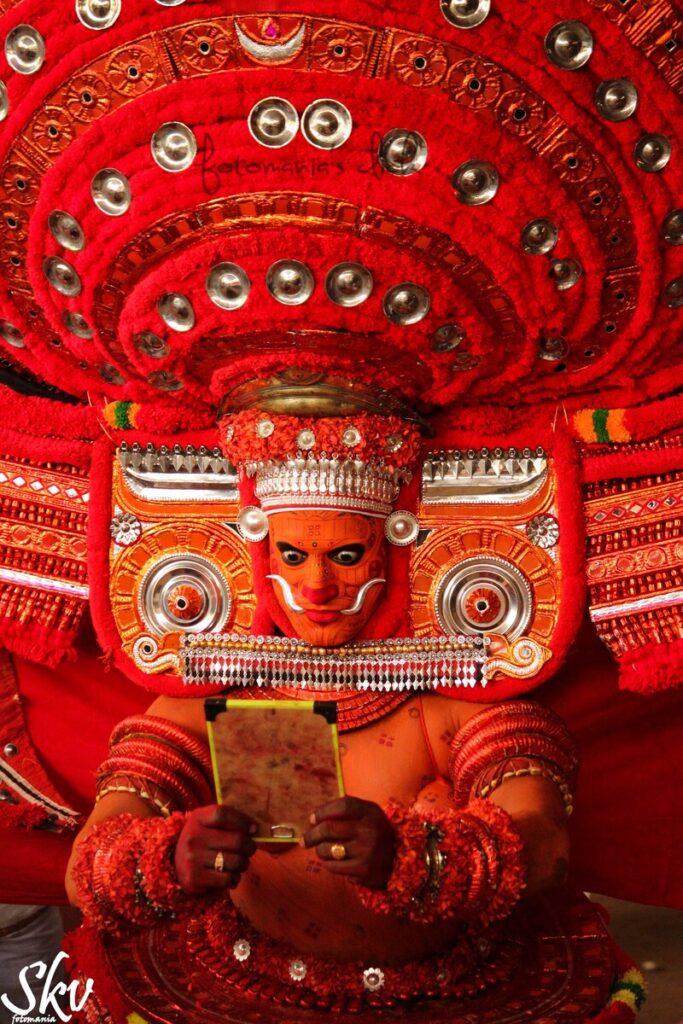
The performers in this art form are clothed in unusual makeup and vivid costumes and perform to the tunes of numerous traditional musical instruments. Theyyam is one of the 400 versions of these ceremonies found in North Kerala. Every year, many temples in and around Kerala have performances of Theyyam- the famous dance form of Kerala.
8. Velakali
The Chempakasserri army’s army chief Mathoor Panicker initiated this. This is yet another martial arts Kerala dance form, like Kalaripayattu, that combines quick movements of the body to demonstrate the flexibility and intellect of society’s fighters. This dance form is thought to represent the fight between the Kauravas as well as the Pandavas in the classic epic Mahabharata.
9. Sanghakali
It is a socio-religious dance that was a favorite and popular pastime among Namboothiris. Sanghakali being classical dance of Kerala has a long and colorful history, but its roots are in gymnastics. Namboothiri Brahmins attended these gymnasia, and their involvement and influence transformed this into a vibrant dance form that is now an integral element of Kerala culture.
10. Poorakkali
Poorakkali dance is supposed to have begun in ancient times, however there is no tangible evidence to support this claim. The performer is supposed to know all the techniques and feats of Kalaripayattu, and consequently, the presenter of this dance needs to be physically powerful to meet the requirements of the dance.
11. Arjuna Nritham
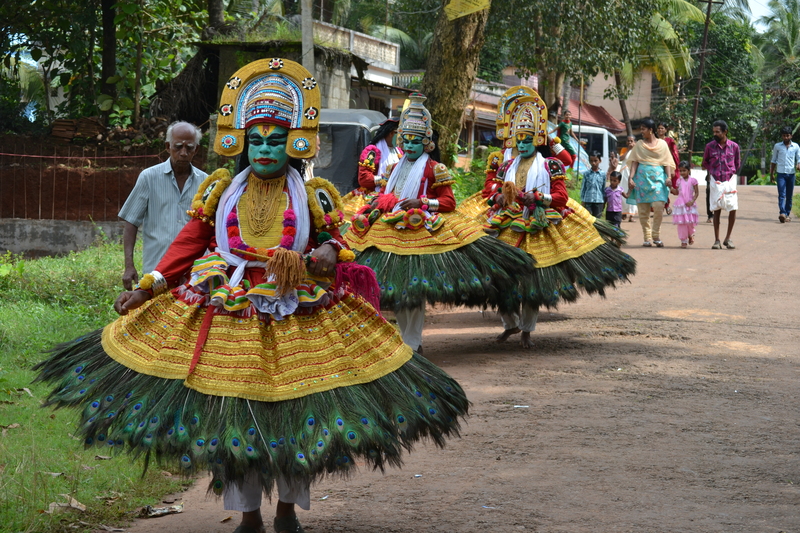
The Hindu classic Mahabharata makes reference of this dance style. Men do this dance as a sort of ritual art. Male dancers can perform this dance form in pairs or solo, and traditional oil lamps are utilized to light the room and set the mood for this Kerala dance form. The peacock feathers used in the garment represent one aspect of the bond between Krishna and Arjuna.
12. Kolkali
This folk dance has a historic rule that prohibits women from participating in it, and all islanders abide by it. The dancers form partners and circle around in time to the rhythmic pattern the sticks produce. The melody builds momentum as it progresses, picking up speed and ramping up.
13. Opanna
The name oppana is thought to be derived from the Arabic word Afna and it is a unique Kerala dance form. It is generally accepted for boys to be circumcised and for girls to have their first menstruation. The song is started by two or three people, and soon the remainder of the team participates in the chorus. On a wedding day, a group of roughly fifteen women, including players, swing their figures in a dance show which continues into the late night.
FAQs

